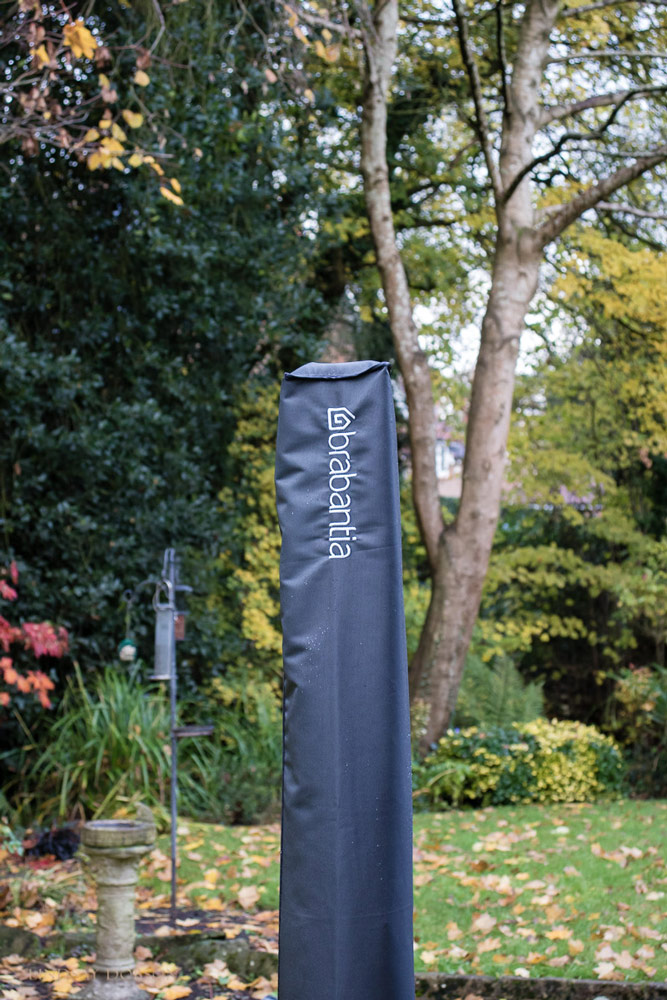Micro Four Thirds vs APSC vs Full Frame Depth of Field Comparison
The Internet is full of useful depth of field charts and tables. But sometimes a simple real-world comparison is all you want. In fact this is one of the most frequently asked questions which I receive in my mailbox each month. For the last few years I've been exclusively using Micro 4/3 cameras in both my professional and personal life. Over the last year I've introduced a couple of APS-C cameras (Sony a6300 and Canon 200D) and a full frame mirrorless camera (Sony A7rii). All have their own distinct uses.
As a full-time professional out in the real world, ultra-thin depth of field rarely raises its head in the vast majority of day-to-day situations. I'm talking about environmental portraiture, pet photography, landscape and street photography (recreational), and wildlife photography. If anything, the additional depth of field (and effective ‘reach’) afforded by the crop factor of the u43 sensor can be quite beneficial at times.
When using a full frame camera I would need to stop down somewhat in the same conditions and use a larger and heavier lens. That doesn't mean that my full frame camera is redundant, I keep it for those occasions when I need ultra high resolutions for extremely large print applications (a case in point being a billboard earlier in the year and occasional huge enlargements beyond about 40 inches). But what I like about this particular full frame body (the Sony a7rii) is that I can shoot in Super-35 which is hugely convenient at times. This simply means I can flick a button and the camera goes into APS-C mode.
The respective sensor sizes look something like this. The Canon APS-C sensor has a ‘crop factor’ of x1.6 and the u4/3 sensor is a little smaller at x2. The Sony APS-C crop factor is x1.5.
Full Frame vs APSC (Canon) vs Micro Four Thirds Sensor Sizes
The target is the clothes airer in my back garden – one of my trees makes a convenient background reference point. I was shooting with the Pansonic GX8, Canon 200D, Sony A7rii.
For the purpose of this example I shot each image at f5.6 (and the same aspect ratio) and I’ve framed in the same way for each photograph. I chose f5.6 for two reasons - camera buyers (and readers of this blog) are mostly hobbyists and keen amateurs who’ll make good use of the ‘kit zoom’ which comes with their camera. At maximum zoom the aperture is likely to be f5.6. The second reason is that for my environmental portraiture work when using full frame, I’d normally use a 70-200 zoom on close to full zoom at f5.6. This gets my subject nicely sharp and in focus, but with good background separation.
If I’d taken these photographs at, say, f1.8, then there would be quite extreme background separation with all the sensor formats. That isn’t an aperture I tend to work with, for several reasons. Firstly in environmental portraiture and lifestyle photography the background is usually important. Second, the slightest movement of the subject (who might be a youngster or pet even) will result in missed focus. Ditto if I move or sway. Thirdly images can be naturally a little soft at very wide apertures and not all of the subject ends up in focus (which also depends on focal length and subject distance). In other words I’d only ever shoot ‘very wide’ if the intent were specifically creative.
I made sure that I stood on exactly the same marker for each picture – maintaining the same camera to subject distance means the background perspective remains constant. Incidentally ‘background blur’ is not the same as ‘bokeh’ which refers only to the characteristics of out of focus areas, particularly point highlights.
Even though the difference in size between a 4/3 sensor and a APSC sensor isn't all that much, the depth of field difference is apparent.
Panasonic GX8 1/160 f5.6 ISO 800, Olympus 12-40 f2.8 Lens
Canon 200D 1/125 f5.6 ISO800, Canon 18-55 STM Kit Lens
Sony A7Rii 1/80 f5.6 ISO800, Sony FE 70-200 f4 Lens




